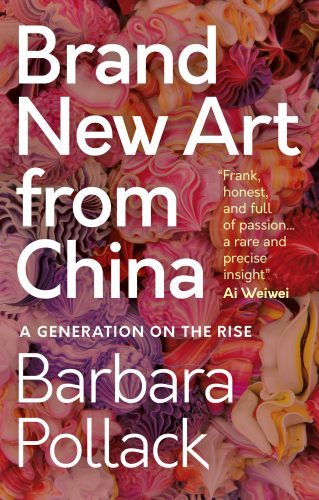
Who: Barbara Pollack
What: Conversation, gallery talk, book signing in conjunction with publication of Brand New Art from China: A Generation on the Rise (Tauris, $25, September 2018)
Where: James Cohan Gallery, 291 Grand St.; Pace Gallery, 537 West Twenty-Fourth St.; Asia Society, 725 Park Ave. at 70th St.
When: Thursday, September 20, free, 6:00; Tuesday, September 25, free, 6:00; Monday, December 3, $20, 6:30
Why: In 2010, when twi-ny interviewed art critic, curator, teacher, and writer Barbara Pollack about her book The Wild, Wild East: An American Art Critic’s Adventures in China, she said, “In New York, I am just another person trying to make a living by writing about art. But in China, I get treated like a star critic with a certain degree of power.” Pollack’s well-deserved prominence is evident in her follow-up, Brand New Art from China: A Generation on the Rise, which features a quote on the front from Ai Weiwei, who says, “Frank, honest, and full of passion. . . . a rare and precise insight.” A good friend of twi-ny’s, Pollack herself is certainly frank, honest, and full of passion. (Full disclosure: Pollack’s literary agent is also twi-ny’s business manager.) Pollack is indeed a superstar in China, where artists clamor for her to write about their work. The new book explores such Chinese artists as Cao Fei, Chen Tianzhuo, Chen Zhou, Gao Ling, Guan Xiao, Jin Shan, Li Liao, Liu Wei, Qiu Xiafoei, Zhang Xiaogang, and Xu Zhen, in such chapters as “The Last Chinese Artists,” “The Me Generation,” and “Post-Truth.” Here’s a brief excerpt about Xu:
There are many occasions when Xu Zhen has eschewed references to Chinese culture entirely or mixed up symbols so seamlessly that the only reaction could be total confusion. At one of MadeIn’s first exhibitions, the company produced an entire survey of “art from the Middle East,” combining aesthetic strategies from conceptual art practices with just enough stereotypes of the war-torn, Islamic-dominated region to evoke a Middle Eastern identity. There were mosques made of Styrofoam and Charlie Hebdo political cartoons woven into tapestries. There were sculptures made of barbed wire and a field of broken bricks set on an invisible waterbed, so the ground seemed to move like a silent earthquake. When these works were shown at James Cohan Gallery in New York in 2009—with the title “Lonely Miracle: Art from the Middle East”—most visitors had no choice but to assume these were products of a collective of Arab artists, which was exactly the point. In this globally driven art world, it is easy to fake ethnicity. All it takes is a bit of irony and just enough cultural references to add locality to the mix.
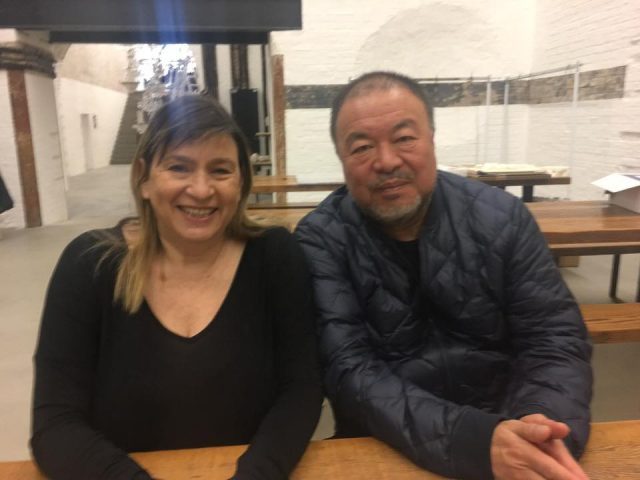
Ai Weiwei supplied a quote for Barbara Pollack’s latest book on Chinese art (photo by Joe Gaffney)
Pollack will be at James Cohan Gallery on September 20 at 6:00, in conversation with Xiaoyu Weng, the Robert H. N. Ho Family Foundation associate curator of Chinese art at the Guggenheim, followed by a book signing. On September 25 at 6:00, she will lead the gallery talk “Zhang Xiaogang & the Future of Chinese Art” at Pace in Chelsea, where “Zhang Xiaogang: Recent Works” is on view through October 20. To get a taste of Pollack’s thoughts on Zhang’s earlier work, here’s another excerpt from the book:
So, Zhang Xiaogang’s emphasis on a Chinese identity is not the result of isolation and ignorance of Western art practices but a reaction to his initial embrace of those trends. In Europe, he faced his crisis head-on by seeing the masterpieces of Western art history and feeling as if there was nothing more he could add to that legacy. Back in China, however, he was surrounded by a new cultural experience that could not be captured through Western iconography and symbols. His rejection of the West was not total. Instead, he embraced an approach that allowed for innovation in both Western and Chinese traditions for art.
On December 3 at 6:30, Pollack will be at Asia Society for a Meet the Author program, consisting of a PowerPoint presentation, a conversation with senior curator of modern and contemporary art Michelle Yun, and a book signing. If you can’t make it to the talk, you can follow the live webcast here. Pollack recently broke her foot, but as she declared on social media, “Nothing is keeping me away from this event!”
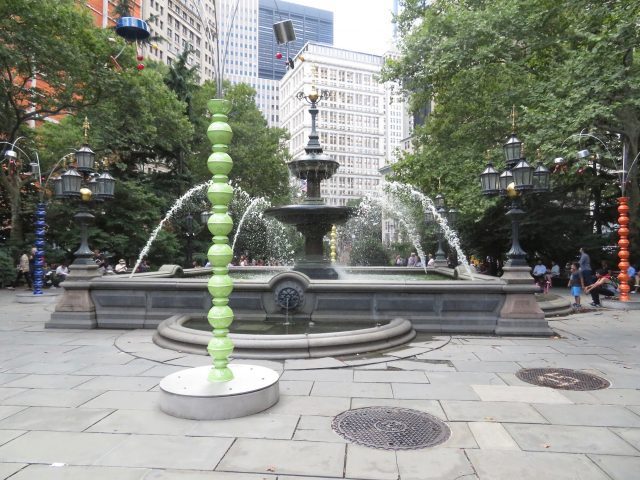
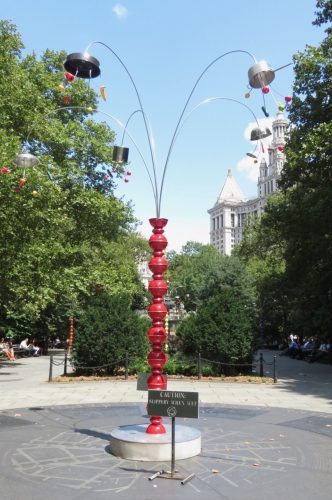
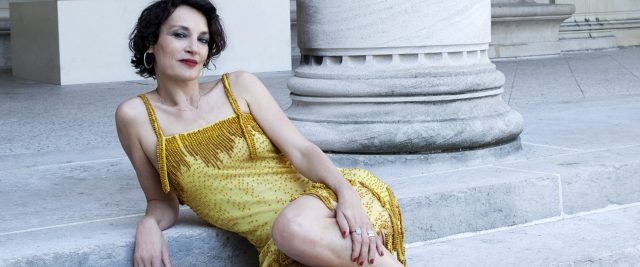
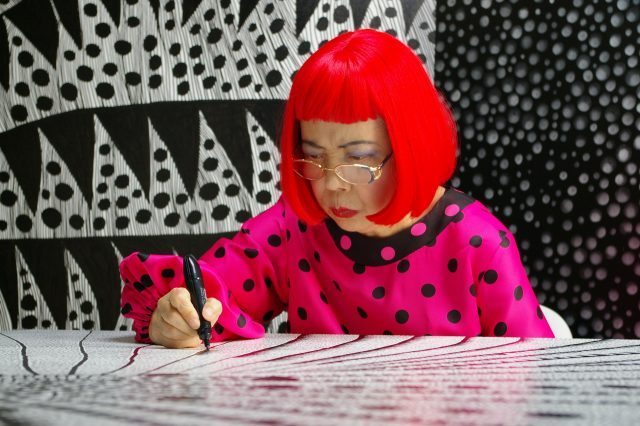
 I remember the buzz in the room back in July 2012 at the press preview for the “Yayoi Kusama” retrospective at the old Whitney. Even among all the jaded art critics, there was palpable excitement at the rumor that Kusama herself might be attending the event. Alas, it was not to be. But now everyone can feel like they’re in the same room as the iconoclastic Japanese artist when watching Heather Lenz’s infinitely entertaining documentary, Kusama: Infinity, opening September 7 at Film Forum. Over the course of her seven-decade career, Kusama has explored the concepts of infinity and eternity through painting, sculpture, performance art, film, and installation, highlighted by an obsession with endless circles and mirrored reflections. “I convert the energy of life into dots of the universe. And that energy along with love flies into the sky,” she explains. Traumatic childhood experiences deeply influenced her life and art; she began painting when she was eight years old in rural Matsumoto City, where her unhappy parents ran a wholesale seed business (and her mother would tear up her drawings). Now eighty-nine, she still works every day, going from the Seiwa Hospital for the Mentally Ill, where she has lived voluntarily since 1977, to her studio, which is filled with her captivating works-in-progress. Lenz zooms in for extreme close-ups of the artist surrounded by canvases, as if she is the biggest dot (or seed?) in her universe. “So much of Kusama’s art seeks to re-create that [childhood] experience in one form or another,” notes Alexandra Munroe, senior curator of Asian Art at the Guggenheim. “It is literally an experience of being lost into her physical environment, of losing her selfhood in this space that is moving rapidly, and expanding rapidly.”
I remember the buzz in the room back in July 2012 at the press preview for the “Yayoi Kusama” retrospective at the old Whitney. Even among all the jaded art critics, there was palpable excitement at the rumor that Kusama herself might be attending the event. Alas, it was not to be. But now everyone can feel like they’re in the same room as the iconoclastic Japanese artist when watching Heather Lenz’s infinitely entertaining documentary, Kusama: Infinity, opening September 7 at Film Forum. Over the course of her seven-decade career, Kusama has explored the concepts of infinity and eternity through painting, sculpture, performance art, film, and installation, highlighted by an obsession with endless circles and mirrored reflections. “I convert the energy of life into dots of the universe. And that energy along with love flies into the sky,” she explains. Traumatic childhood experiences deeply influenced her life and art; she began painting when she was eight years old in rural Matsumoto City, where her unhappy parents ran a wholesale seed business (and her mother would tear up her drawings). Now eighty-nine, she still works every day, going from the Seiwa Hospital for the Mentally Ill, where she has lived voluntarily since 1977, to her studio, which is filled with her captivating works-in-progress. Lenz zooms in for extreme close-ups of the artist surrounded by canvases, as if she is the biggest dot (or seed?) in her universe. “So much of Kusama’s art seeks to re-create that [childhood] experience in one form or another,” notes Alexandra Munroe, senior curator of Asian Art at the Guggenheim. “It is literally an experience of being lost into her physical environment, of losing her selfhood in this space that is moving rapidly, and expanding rapidly.”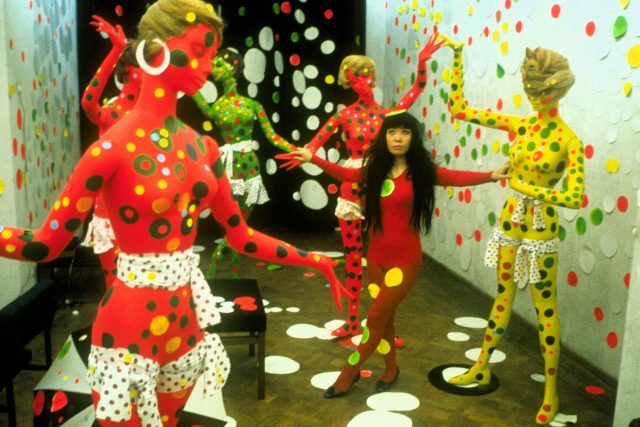
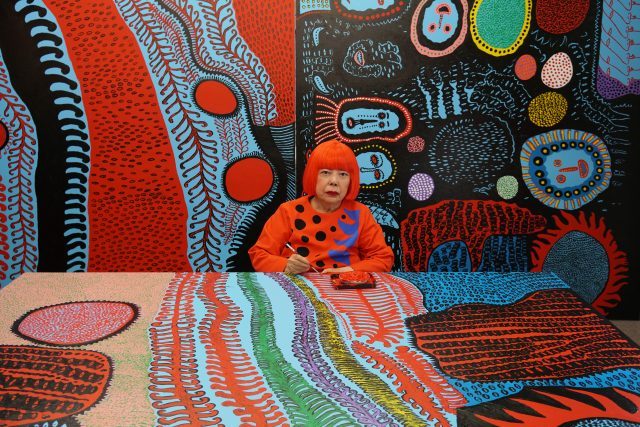
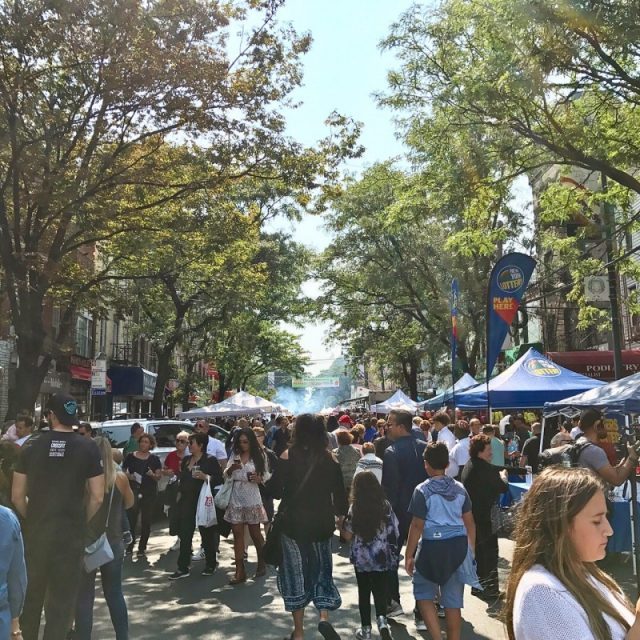
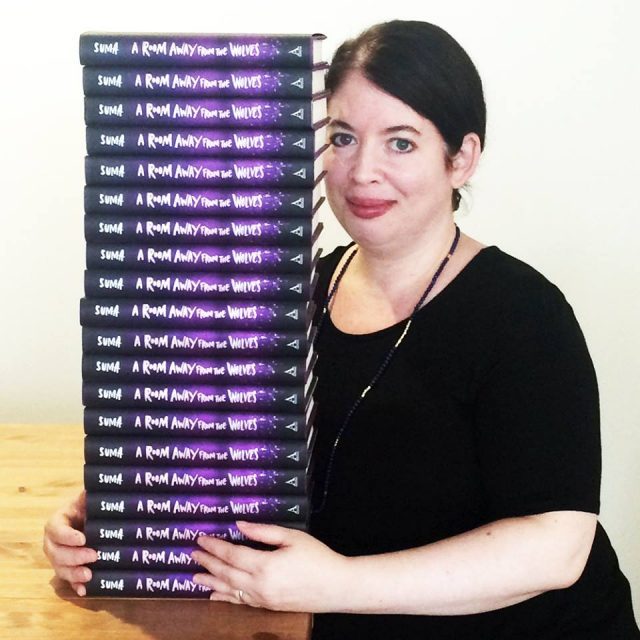
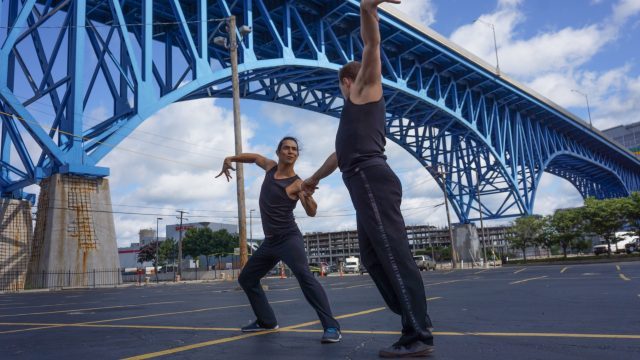
 “It’s Fred and Fred and Ginger and Ginger,” dance judge Benjamin Soencksen says, laughing, near the beginning of Hot to Trot, Gail Freedman’s intimate portrait of same-sex competitive ballroom dancing. Winner of the Audience Award at the 2017 NewFest LGBT Film Festival, the documentary follows several partners, some of whom are couples in life as well as on the dance floor, as they prepare and compete in the 2012 April Follies in Oakland and the 2014 Gay Games in Cleveland. As they rehearse their routines and select their costumes, they celebrate the freedom the competitions give them. “There is something about this community, and I know it’s related to the fact that we’re a target group and that community is so much more important because of that,” same-sex dance organizer Barbara Zoloth explains. Among the featured pairs are Emily Coles and Kieren Jameson, Ernesto Palma and Robbie Tristan, Palma and Nikolai Shpakov, and Coles and Katerina Blinova, along with Kalin Mitov, Jose Comoda, Zoe Balfour, Citabria Phillips, and Chris Phan. They discuss serious health issues, drug addiction, coming-out stories, relationship with parents, and more, sharing how broken they’ve been and how same-sex dancing has restored their self-esteem and put them on a positive track, especially since, as one team says, “There is no guy’s part, and there’s no girl’s part,” no leaders or followers; everyone is equal. They also have lots of fun. “Are we two divas? Yes!” Tristan declares. Hot to Trot opens August 24 at the Quad, with Freedman participating in Q&As with editor Dina Potocki, Shpakov, and Palma at the 7:05 screenings on Friday and Saturday night.
“It’s Fred and Fred and Ginger and Ginger,” dance judge Benjamin Soencksen says, laughing, near the beginning of Hot to Trot, Gail Freedman’s intimate portrait of same-sex competitive ballroom dancing. Winner of the Audience Award at the 2017 NewFest LGBT Film Festival, the documentary follows several partners, some of whom are couples in life as well as on the dance floor, as they prepare and compete in the 2012 April Follies in Oakland and the 2014 Gay Games in Cleveland. As they rehearse their routines and select their costumes, they celebrate the freedom the competitions give them. “There is something about this community, and I know it’s related to the fact that we’re a target group and that community is so much more important because of that,” same-sex dance organizer Barbara Zoloth explains. Among the featured pairs are Emily Coles and Kieren Jameson, Ernesto Palma and Robbie Tristan, Palma and Nikolai Shpakov, and Coles and Katerina Blinova, along with Kalin Mitov, Jose Comoda, Zoe Balfour, Citabria Phillips, and Chris Phan. They discuss serious health issues, drug addiction, coming-out stories, relationship with parents, and more, sharing how broken they’ve been and how same-sex dancing has restored their self-esteem and put them on a positive track, especially since, as one team says, “There is no guy’s part, and there’s no girl’s part,” no leaders or followers; everyone is equal. They also have lots of fun. “Are we two divas? Yes!” Tristan declares. Hot to Trot opens August 24 at the Quad, with Freedman participating in Q&As with editor Dina Potocki, Shpakov, and Palma at the 7:05 screenings on Friday and Saturday night.